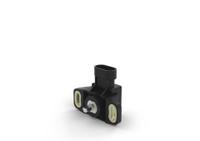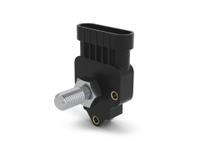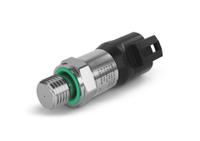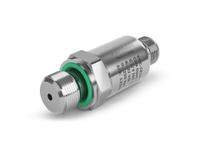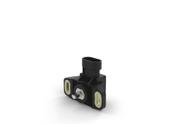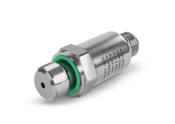The tractor is the agricultural vehicle par excellence, essential for working in the fields and for many farm-related activities. Its main function is to provide the power needed to tow agricultural equipment and machinery and to carry out activities such as ploughing, sowing, harvesting and related transport operations.
Necesidades:

Driving pedals position control
Para saber más
Vehicle and towed accessory tilt monitoring
Para saber más
Steering angle control
Para saber más
Hydraulic circuit pressure monitoring
Para saber más
Hydraulic pump flow rate adjustment
Para saber más
Checking the position of the three-point linkage
Para saber más
Operating principle
In a tractor, the power generated by the engine is transmitted to the moving parts and related devices, ensuring traction and operational capabilities in a wide range of agricultural and industrial applications. In addition to providing motive power, it manages complex systems such as steering, hydraulic circuits for lifting and handling, cab positioning and three-point linkage.
For all these operations to be carried out safely, accurately and efficiently, tractors must be able to rely on the constant control of mechanical, hydraulic and stability parameters.
Requirements and technology:
Tractors must integrate reliable sensor solutions that can operate in hostile environments while also being resistant to vibrations, shocks and damaging external agents.
The main technological requirements are related to:
- Driving pedals position control
- Vehicle and towed accessory tilt monitoring
- Steering angle control
- Hydraulic circuit pressure monitoring
- Hydraulic pump flow rate adjustment
- Three-point linkage position control
Gefran satisfies these requirements with a complete range of rotary, tilt, pressure and linear position sensors, designed to ensure reliability, safety and high performance in tractors and agricultural machinery.


